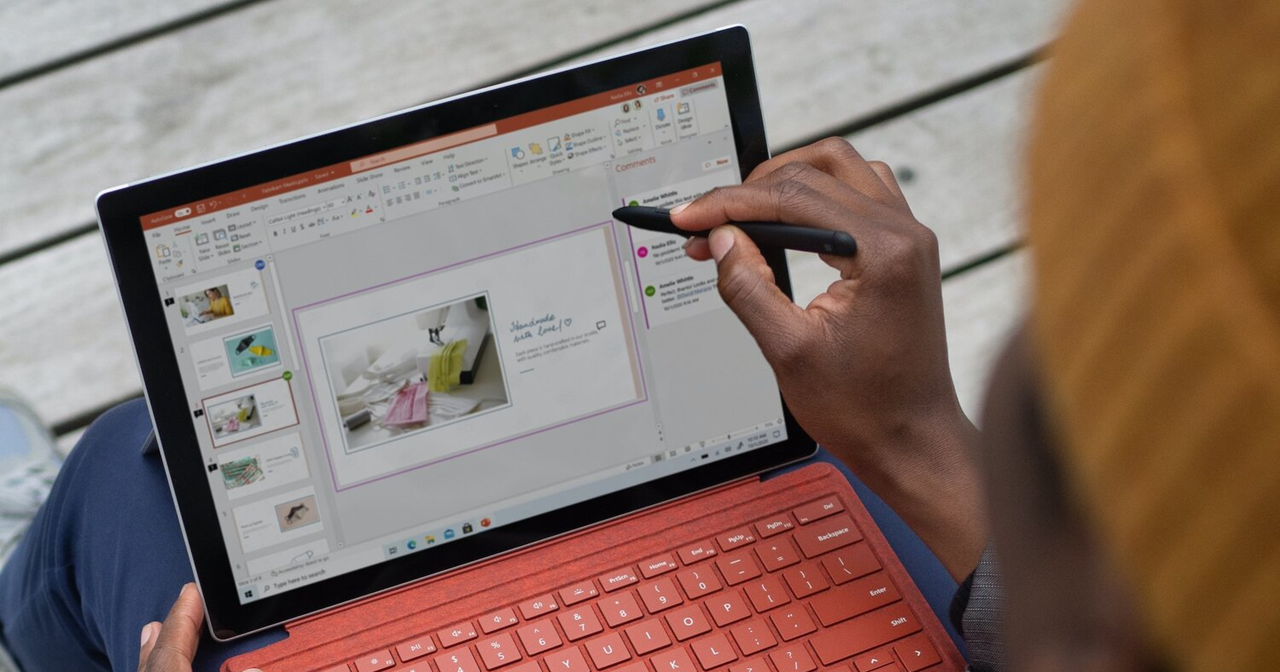Presentation Design – Why it Matters
According to a survey conducted last year, “More than one-third of Millennials say they only engage with content that they feel has a great story or theme” (PR Newswire).
How is it that people can binge-watch a Netflix series, but cannot focus on a keynote? Clearly the capacity to be attentive for long periods of time is still there. Attention spans are changing, but not necessarily shrinking. There are so many content options available today, and people are more selective when it comes to the content they choose to consume. Now that millennials are the largest generation in the workforce, great presentation design is becoming vital for clearly and effectively getting your message across.
In order to captivate an audience, the way we present and tell stories needs to evolve — a presentation should be designed around the optimal attention span of your attendees. “After twenty minutes, no matter how interested we are, our focus is depleted, and will unless corrective action is taken erode steadily until we literally aren’t listening any longer” (Medium). Use a transition, such as a joke, story, video, etc., to provide a mental pause for the audience if your keynote is longer than 20 minutes. Research has shown that, “only 10-20% of information was retained over time when represented through written word, but that number increases to 65% when the information was presented visually” (Ethos3). Highly compelling visuals capture attention and make it easier for members in the audience to process and retain information.
Here are some ways that you can leverage the power of presentation design to spark interest and make a lasting impact:
1. Start with a solid foundation
Lay a foundation for your presentation after carefully considering its purpose, then craft a theme with a compelling narrative that you can carry through. Structure your presentation to focus your theme around one central idea, then add in a few key points that your audience can take away. Use master slides and be consistent with your theme so that your slides flow together to create a cohesive story.
2. Keep text minimal, yet impactful
Present data clearly, and remember that, in most cases, paragraphs of text on a slide are not helpful. Be thoughtful when choosing your fonts — sans serif fonts are easiest to read on slides. For more information on font types, take a look at our post on Font Types. Also, make sure that your text is easy to read by choosing a background color that contrasts well with the color of the typography.
3. Keep the eye moving
Use motion instead of static content, but beware of distracting animations. Subtle movements and transitions, such as fades and morphs, are best to show your audience exactly where they should be looking. Let it compliment your presentation in a meaningful way, not draw all the attention to itself. We do not recommend using animations that pulse, flash, or bounce unless it is directly relevant to the slide content.
4. Elegant simplicity is key
Lastly, remember to keep it simple – focus on one idea per slide and try not to pack too much information onto that slide. Help your audience to focus on the words you are saying instead of reading your slides. Think about visuals that will help you simplify your big ideas, but avoid using clip art. Inspire, engage, and evoke emotion with images rather than bullet points.We hope that these tips will help you create impactful slides with great results. Best of luck on your next presentation, and, as always, reach out to us if we can help you along in the process!

